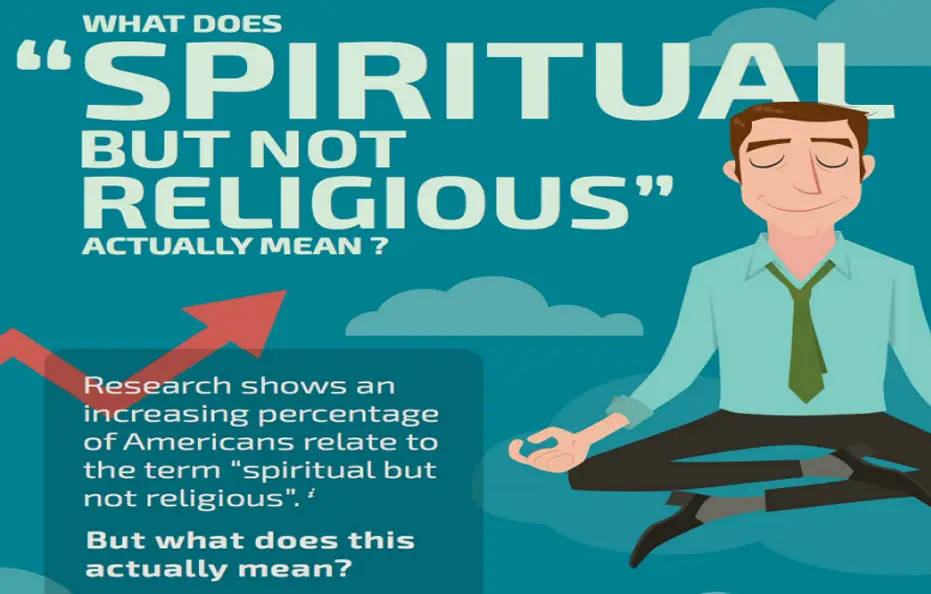A Quiet but Powerful Shift
In recent decades, a quiet but powerful shift has been occurring among youth around the world. More and more young people are identifying as Spiritual but Not Religious (SBNR). They seek connection, purpose, and meaning in life—but outside the walls of traditional religious institutions. This growing demographic is transforming how we understand spirituality, community, and the human search for transcendence in the 21st century.
Who are these youth? Why are they turning away from organized religion, and what are they turning toward? This blog explores the rise of SBNR youth worldwide, the reasons behind the movement, and the implications it holds for the future of spirituality and society.
What Does “Spiritual but Not Religious” Mean?

The term Spiritual but Not Religious describes individuals who consider themselves spiritual in beliefs or practices but do not affiliate with any established religion or religious institution.
SBNR youth might meditate, believe in a higher power, explore sacred texts, or practice mindfulness. However, they tend to:
Reject religious dogma
Avoid formal rituals
Distance themselves from traditional clergy or places of worship
Seek a personal, intuitive, and eclectic approach to spirituality
The key is personal experience over institutional structure.
The Data: A Global Shift in Youth Identity
Surveys and research consistently show a sharp rise in SBNR youth, particularly in:
North America: According to Pew Research (2023), 40% of Millennials and Gen Z in the U.S. identify as religious “nones”—atheist, agnostic, or “nothing in particular”—many still consider themselves spiritual.
Europe: Countries like the UK, France, Sweden, and the Netherlands report high percentages of young people disaffiliating from religion but exploring yoga, energy healing, and Eastern philosophies.
India: Even in deeply religious societies, a growing number of urban Indian youth describe themselves as spiritual explorers, experimenting with mindfulness, astrology, and self-help without belonging to any religious group.
Latin America and Africa: The trend is slower but emerging, especially in urban centers where youth are exposed to global digital content.
This trend isn’t just a phase—it represents a long-term cultural transformation.
Why Are Youth Turning Away from Organized Religion?
Several interconnected factors explain why young people are increasingly identifying as SBNR:
1. Disillusionment with Institutions
Many youth perceive organized religion as:
Judgmental
Hypocritical
Out of touch with modern values
Associated with political power or corruption
The gap between religious teachings and institutional behavior (e.g., abuse scandals, gender inequality, anti-LGBTQ+ rhetoric) leads to distrust.
2. Science, Rationality, and Access to Information
Younger generations are digital natives who question authority and seek evidence. They are more educated and scientifically literate, often challenging religious claims that contradict science or reason.
Online platforms expose them to alternative worldviews, leading to spiritual independence.
3. Mental Health and Inner Peace
In an era marked by anxiety, burnout, and loneliness, many youth turn to spirituality for:
Emotional healing
Meditation and mindfulness
Nature-based practices
Non-dogmatic belief in higher consciousness or universal energy
SBNR practices offer personal transformation without guilt, shame, or fear of punishment.
4. Individualism and Identity
Modern youth place high value on individual choice. They seek authenticity and freedom in curating their beliefs:
“I don’t need a priest or a scripture to connect with the Divine. I experience it in nature, music, or silence.”
This spiritual autonomy allows them to blend ideas from multiple traditions—Buddhism, Sufism, Stoicism, Astrology, etc.—into personalized belief systems.
What Do SBNR Youth Believe?
Though diverse, SBNR youth often share certain core values and practices:
| Belief/Practice | Description |
|---|---|
| Mindfulness | Daily meditation, breathwork, or yoga for inner peace |
| Interconnectedness | Belief that all beings are linked spiritually or energetically |
| Energy and Vibration | Use of crystals, reiki, sound healing |
| Astrology and Tarot | Tools for self-reflection and guidance |
| Nature as Sacred | Eco-spirituality, nature walks, forest bathing |
| Non-Dualism | Blending Eastern and Western spiritual philosophies |
Rather than seeking salvation, SBNR youth seek meaning, healing, and wholeness.
Digital Spirituality: The Role of Social Media
Instagram, YouTube, and TikTok have become modern spiritual temples.
Influencers post content on spiritual growth, chakras, angel numbers, and tarot.
Apps like Calm, Headspace, and Insight Timer promote mindfulness.
Hashtags like #spiritualawakening or #SBNR have millions of views.
Online communities offer support, inspiration, and shared rituals.
This decentralized digital spirituality makes it easy for youth to learn, share, and evolve their beliefs.
Criticisms and Challenges
The SBNR movement is not without critics. Some common concerns include:
1. Lack of Depth or Accountability
Critics argue that cherry-picking spiritual ideas can lead to superficial beliefs lacking depth or ethical responsibility.
2. Commercialization
Spirituality has become a market—crystals, astrology apps, retreats, and courses often come with high price tags.
3. Isolation and Echo Chambers
Without structured communities, some SBNR youth feel spiritually alone or get lost in echo chambers of “good vibes only,” ignoring real-life struggles.
However, these concerns also open space for innovation—new forms of digital spiritual communities and value-driven spiritual entrepreneurship are emerging.
How Religious Institutions Are Responding
Not all religious institutions are resistant to the trend. Some are adapting by:
Offering interfaith services
Promoting social justice over dogma
Creating meditation spaces in churches
Embracing digital outreach and online rituals
Opening dialogues around mental health, gender, and inclusivity
Forward-thinking religious leaders are asking: How can we evolve without losing the essence of our faith traditions?
The Future of Faith: What’s Next?
The rise of SBNR youth suggests that spirituality isn’t dying—it’s transforming.
Possible Future Scenarios:
Hybrid Spiritualities: Youth may combine religious rituals with personal beliefs (e.g., celebrating Christmas while meditating with crystals).
AI and Spirituality: AI-based chatbots and virtual mentors may provide personalized spiritual guidance.
Climate Spirituality: As environmental crises deepen, eco-spirituality may rise as a core spiritual value.
Spiritual Activism: Youth-led movements may blend spirituality with causes like climate justice, mental health, and human rights.
In short, SBNR youth may build the next phase of spiritual evolution—one that honors ancient wisdom while embracing modern insight.
Final Thoughts: A New Era of the Sacred
The rise of Spiritual but Not Religious youth worldwide is more than a cultural fad—it’s a profound reflection of changing consciousness. These young seekers are reshaping how humanity connects with the sacred, making spirituality:
More personal
More inclusive
More intuitive
More global
In a world of noise, war, division, and despair, SBNR youth are choosing peace, presence, and purpose—not in rigid doctrines, but in mindful living and inner exploration.
As they rise, so too does a new kind of spiritual community—rooted in freedom, compassion, and shared human experience.
Related posts:
 Swami Vivekananda Ki Aatmkatha and National Youth Day: An Inspiration for Youth
Swami Vivekananda Ki Aatmkatha and National Youth Day: An Inspiration for Youth
 Gyanyog: The Spiritual Legacy of Swami Vivekananda
Gyanyog: The Spiritual Legacy of Swami Vivekananda
 Mahashivratri: A Festival of Spiritual Awakening
Mahashivratri: A Festival of Spiritual Awakening
 Hanuman Jayanti 2025: Significance, Celebrations, Rituals, and Spiritual Insights
Hanuman Jayanti 2025: Significance, Celebrations, Rituals, and Spiritual Insights
 The Spiritual Significance and Story Behind Jyeshtha Mangal
The Spiritual Significance and Story Behind Jyeshtha Mangal
 The Rise of Skill-Based Learning: Is It Replacing Degrees?
The Rise of Skill-Based Learning: Is It Replacing Degrees?
